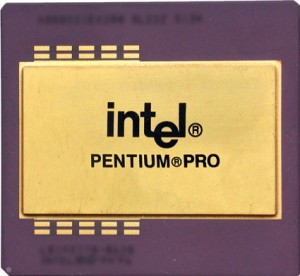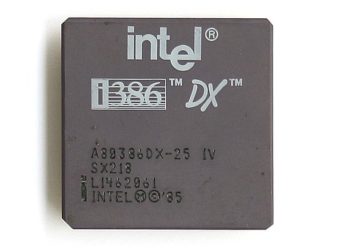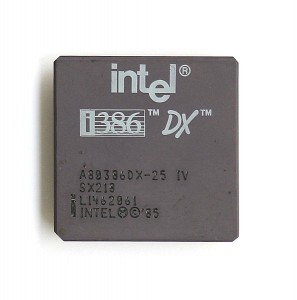November 26, 2001 Intel at TeraHertz
Subscribe! Spotify | RSS | More
2001 – One problem with technology is that you hit limitations, mostly due to materials used or how small machines can make parts like transistors. For instance, today’s multi-core x86 processors will eventually be replaced because we won’t be able to put anymore transistors on the die – It’s called “Moores Law“. Intel and AMD work hard to get around this law – which is why x86 technology has been around since the 90’s.One thing scientists do to circumvent is to change the restructure the transistor. In 2001, Intel did just that. They launched the TeraHertz – a new transistor, using several new materials – including Zirconium Dioxide (which is used to reduce leakage issues). The new THz transistors brought processing to a new level; High process tasks like facial recognition could be achieved. The TeraHertz also worked on 0.6 Volts, so it vastly reduced power needs.
Intel expected this technology to be implemented by 2005. However, as to this date, the TeraHertz transistor has not been, nor seems to be planned for implementation in processors.
Subscribe to Day In Tech History:
RSS Feed - iTunes - Android - Spotify - iHeartRadio
Facebook -
- RSS Bandwidth by Cachefly Get a 14 Day Trial
- Join me on Patreon and support Day in Tech History
- 1789 was the first observation of the holiday. It was recommended by President George Washington.
- William Shakespear publishes King Lear
- Trade name Microsoft is registered in New Mexico
- Apple settles $10 million lawsuit with Burst.com

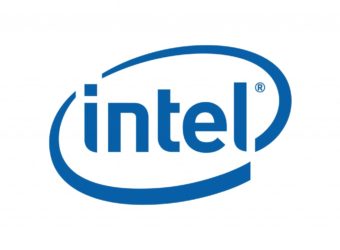

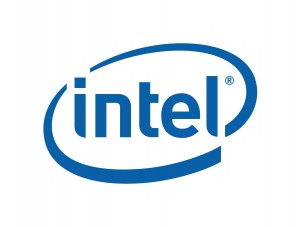



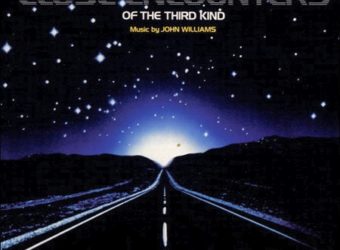
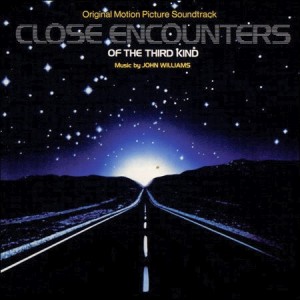
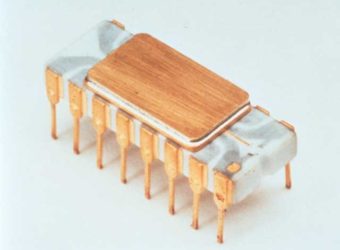
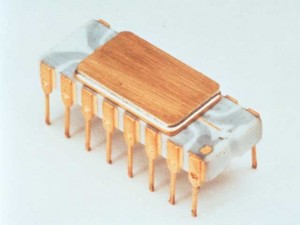
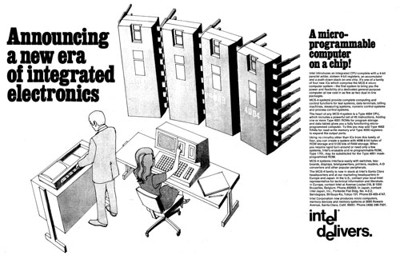




![pentium-pro[1] pentium-pro[1]](https://dayintechhistory.com/wp-content/uploads/2012/10/pentium-pro1-340x250.jpg)
